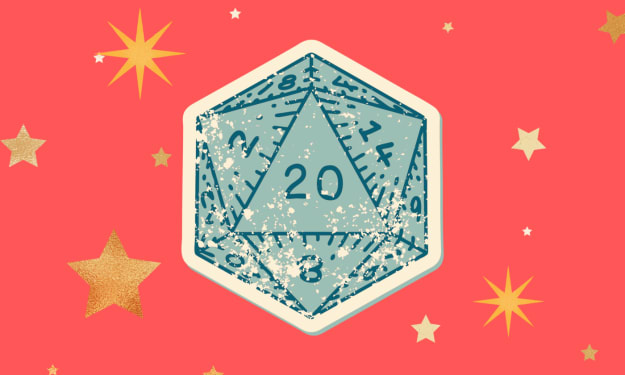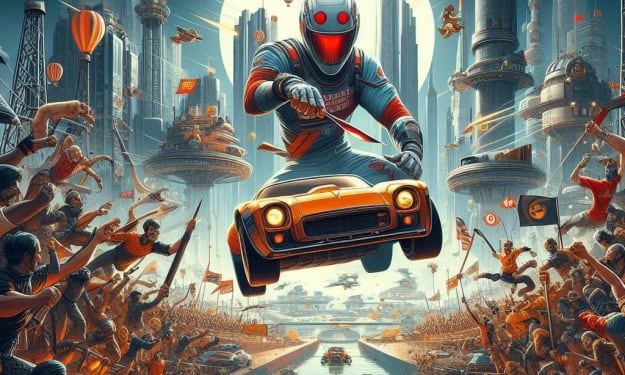Dragon Age Producer Calls BioWare Magic “a Shit Process”
A former producer at the studio calls the eponymous ‘BioWare Magic’ as he sees it
There’s an expectation that major games will hit a tipping point near their release date. This “crunch time” is treated as though it’s a magical time that’s inconvenient to developers. At the end of it, a bunch of nerds’ hyper-focus ends with a magically completed game.
“Because this isn’t BioWare magic. This is bad process.” — Mark Darrah
At BioWare, this is ‘BioWare Magic.’ Towards the end of the development process, everything just starts to fit together, and the game comes together.
Mark Darrah, the former executive producer of Dragon Age, has a different viewpoint. In his seven-minute-long rant, he points out the obvious: “BioWare Magic is a shit process.”
‘BioWare Magic,’ while credited with creating amazing games, is just an extended, planned crunch period caused by poor planning and process.
Jason Schreier, a Bloomberg reporter, calls out the similar issues that other game development companies face. CyberPunk’s initial release failure can be blamed on the unwavering faith that CD Projekt Red’s team would magically be able to pull all of the pieces together by release. Spoiler, they didn’t.
Not because the developers didn’t work an inhuman amount of overtime, but because there has been an expectation that this final push is enough to finish a game that lacked proper planning from the beginning.
For anyone in the industry, this isn’t a new topic. I work as QA (a software breaker) for online games, and while my work is very different from AAA studios, the expectations are similar.
Crunch time has been a problem for years. And while the unhealthy industry-wide expectations of crunch time have begun to be publicly addressed, they remain to be solved.
To get a better understanding of how ‘BioWare Magic’ happens, you need to know a little bit about working at studios.
The hockey stick velocity graph shows the problem. The graph below shows the velocity, or how much work a team can accomplish, over the lifecycle of a game.

The initial progress is low as building block pieces are created, and decisions are made that the future project will rely upon. In theory, towards the end of the timeline, those initial pieces begin to fit together like Legos, allowing the velocity to increase. This causes a sudden jump in-game completeness.
When studios champion this model of development, they tend to leave out an important piece of information. What causes the velocity to soar many times, isn’t the legos magically connecting.
It’s time away from families. It stresses employees. It’s crunch time and mandatorily-voluntary overtime.
‘Stress casualties’ is the name that BioWare uses to explain the consequences of crunch time. A stress casualty is when someone is so stressed, that they go dark for one to three months. Some employees come back to work, some don’t.

Magic doesn’t cause a game to finally meet completion. People do.
Kotaku reported on Anthem’s release failings in 2019. Schreier wanted to answer the question of, what went wrong? To do that, he interviewed 19 employees
“[It] is a story of indecision and mismanagement. It’s a story of technical failings, as EA’s Frostbite engine continued to make life miserable for many of BioWare’s developers, and understaffed departments struggled to serve their team’s needs.” ~ Jason Schreier, Kotaku
That makes it sound like a problem with development teams. Come to find out, while Anthem was in development for nearly seven years, it was only in full development for 18 months.
Mark Darrah, goes on to explain in his video, that this sudden increase in velocity is terrible, and the initial low-velocity timeline shows ‘Lost Understanding.’
He continues to argue that proper planning and support in the initial timeline, would increase the velocity over the entirety of the project, making the ‘BioWare Magic’ of getting it all together, unnecessary.

BioWare Magic is simply a misnomer of poor planning and process. Rather than spending the initial time to come together, developers are granted extended crunch periods. This creates a focus on short-term goals rather than long-term ones.
It comes down to communication during planning and support throughout development so that everything doesn’t wait until urgency exists.
Darrah ends his video by making the plea to people who still work at BioWare or any other video development company:
“If anyone listening to this works for BioWare, don’t use BioWare magic to refer to this, because this isn’t BioWare magic. This is bad process.”
You can read this article on Medium, as well.
About the Creator
Haley Rymel
Read More From Me: https://medium.com/@haleyrymel
Enjoyed the story? Support the Creator.
Subscribe for free to receive all their stories in your feed. You could also pledge your support or give them a one-off tip, letting them know you appreciate their work.






Comments
There are no comments for this story
Be the first to respond and start the conversation.